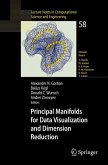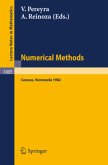This book contains the written versions of main lectures presented at the Advanced Study Institute (ASI) on Computational Mathematical Programming, which was held in Bad Windsheim, Germany F. R., from July 23 to August 2, 1984, under the sponsorship of NATO. The ASI was organized by the Committee on Algorithms (COAL) of the Mathematical Programming Society. Co-directors were Karla Hoffmann (National Bureau of Standards, Washington, U.S.A.) and Jan Teigen (Rabobank Nederland, Zeist, The Netherlands). Ninety participants coming from about 20 different countries attended the ASI and contributed their efforts to achieve a highly interesting and stimulating meeting. Since 1947 when the first linear programming technique was developed, the importance of optimization models and their mathematical solution methods has steadily increased, and now plays a leading role in applied research areas. The basic idea of optimization theory is to minimize (or maximize) a function of several variables subject to certain restrictions. This general mathematical concept covers a broad class of possible practical applications arising in mechanical, electrical, or chemical engineering, physics, economics, medicine, biology, etc. There are both industrial applications (e.g. design of mechanical structures, production plans) and applications in the natural, engineering, and social sciences (e.g. chemical equilibrium problems, christollography problems).








